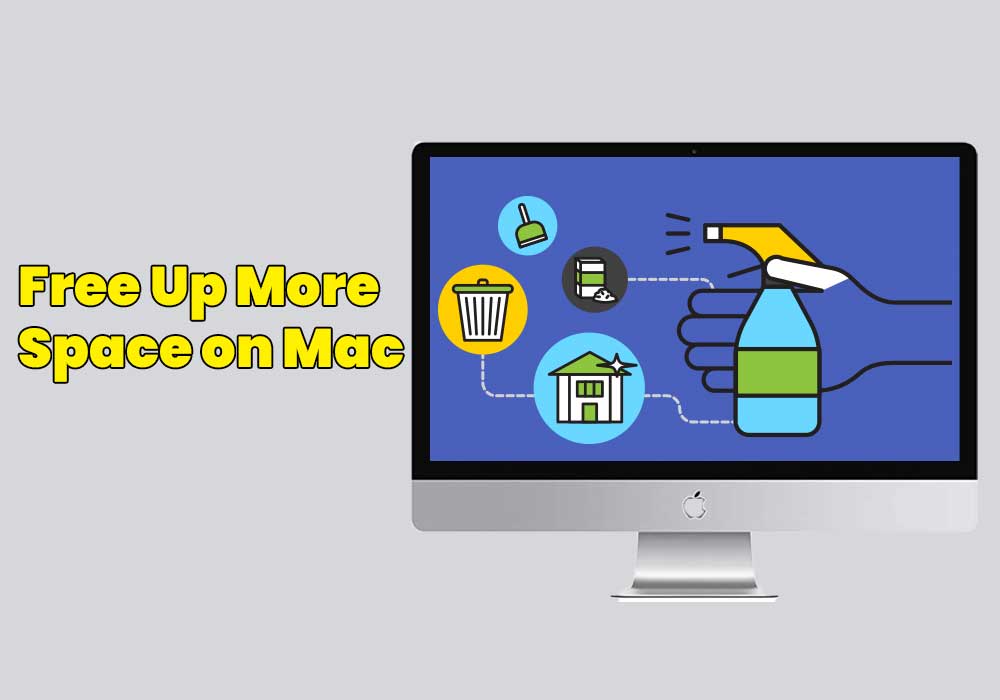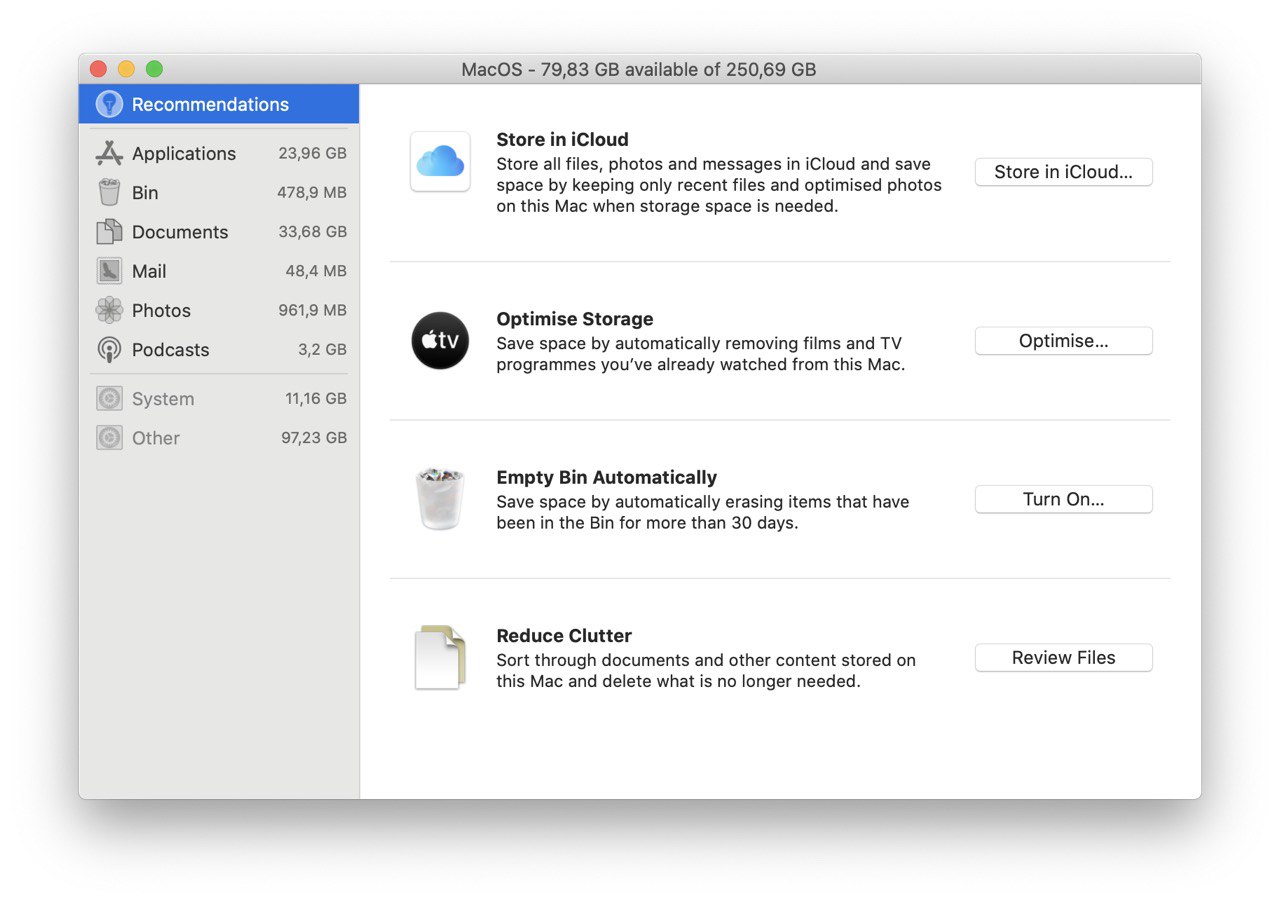
This means that if there is an indexing problem, it may show incorrect sizes in the About this Mac window.

While this offers a user-friendly graphic of your drive's space, keep in mind that the sizes reported are based on the system's Spotlight index. In the panel that appears, you can click the Storage section to see a calculation of the free space and types of files on any locally mounted volume.

The first is to use the System Information utility, which can be accessed by choosing "About this Mac" from the Apple menu, and then clicking More Info. Even so, there are options you can use to keep an eye on the free space available in your system. To keep your system from running out of space, the easiest thing to do is simply monitor your hard drive however, Apple keeps this detail relatively hidden from you with the default configuration of OS X. Clicking the More Info button in the About This Mac box will give you an overview of the hard-drive space usage. This is especially true if you save each and every photo and video you take. It is also not uncommon for collections of personal photos and videos to be massive, given the ever-increasing number of megapixels being crammed into smartphone cameras these days. Additionally, applications you install may take a number of gigabytes as well. Without keeping tabs on how much space you have available for such content, you may quickly fill up your boot drive, especially if it is relatively small (such as the 64GB drives that came with MacBook Air systems).įor example, movies downloaded from iTunes may be 1GB-2GB in size, so purchasing 10 of them may use 10GB-20GB of space. Even everyday tasks like importing photos and videos from cameras, or downloading movies and TV shows from iTunes can result in massive data storage. Unfortunately it is quite easy to fill your hard drive. Additionally, even though OS X manages file fragmentation for conventional hard drives well by keeping 20MB chunks of data in contiguous blocks, this feature requires free space to work, and may suffer if you are limited on space. While nothing stops you from adding files to your drive until it can hold no more, once you start encroaching on the last ~10GB-20GB of space, the system will not be able to manage its virtual memory footprint as easily, resulting in slower performance.

When using your Mac, maintaining a small amount of free drive space is required to keep your system running optimally.


 0 kommentar(er)
0 kommentar(er)
